If you’re a fishing novice excited to explore life on the open sea, look no further – here’s the ultimate beginner’s guide to fishing on a boat. From must-have accessories to handy tips on choosing the right bait, this step-by-step guide has everything you need to get ready for your first day out on the water. Let’s dive in!
Preparing for a boating trip can get pretty overwhelming, as there are many items you need to remember to bring with you, as well as various aspects you need to take into consideration. From having spare equipment to following local regulations, everything needs to be planned ahead to ensure a safe and enjoyable experience.
What Is Fishing on a Boat Like?
For those who love the outdoors and enjoy nature, spending the whole day angling from a boat can be a thrilling adventure. The feeling of being out on the open water, surrounded by stunning scenery, is unbeatable. Moreover, it’s your ticket to escaping the hustle and bustle of everyday life and spending quality time with friends and family.
Why Should You Opt For Fishing From a Boat?
Whether you’re a beginner angler or an experienced fisherman, learning how to fish on a boat offers a unique opportunity to catch a variety of common fish species and learn some new angling techniques. You’ll also be able to access deeper waters where bigger fish are often found, as well as cover a wider area and explore different locations to find that perfect spot.
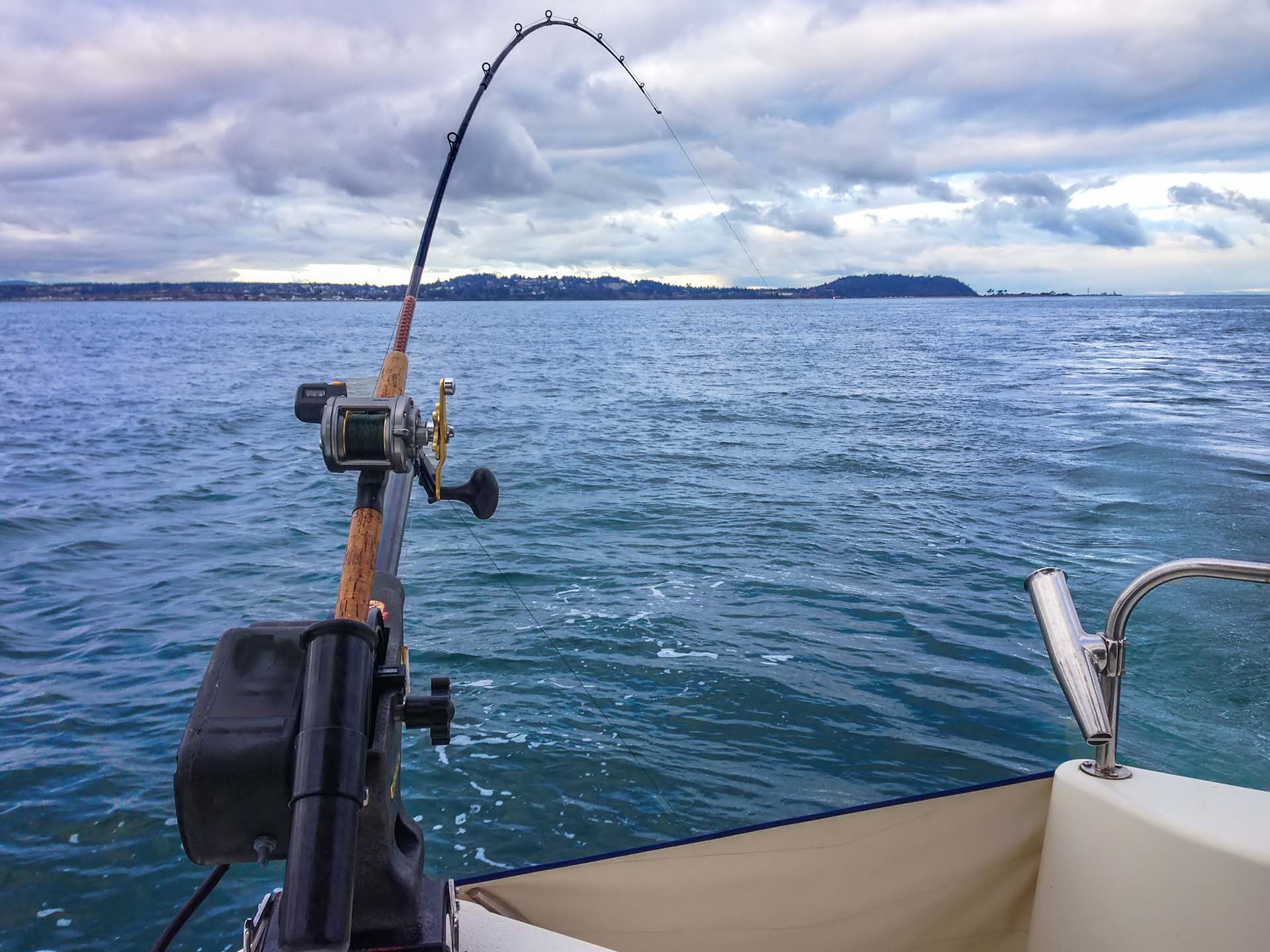
Tip #1 – Choose the Right Boat
Choosing the right boat is essential to ensure you have a safe and enjoyable experience on the water. When looking for your next fishing companion, there are several things you need to consider:
- Size and weight of the boat,
- The type of water you’re planning to explore,
- Features or amenities on the boat,
- Storage space and seating capacity,
- Maintenance and fuel costs.
What Types of Boats Are Suitable for Fishing?
There are many types of boats that are specially designed for this outdoor activity, so here’s a brief overview:
| Type | Average Size | Activity | Average Price |
|---|---|---|---|
| Bass Boat | 16-20 feet | Freshwater, bass fishing | $25,000-$50,000 |
| Center Console | 18-30 feet | Offshore, saltwater fishing | $50,000-$150,000 |
| Flats Boat | 16-18 feet | Shallow water fishing | $20,000-$40,000 |
| Skiff | 18-24 feet | Inshore, saltwater fishing | $30,000-$60,000 |
| Sportfishing | 35-50 feet | Offshore, big-game fishing | $500,000-$1,000,000 |
| Pontoon Boat | 18-30 feet | Leisurely fishing, cruising | $15,000-$50,000 |
What Are Ideal Beginner Boats?
For those looking to purchase their first boat for fishing, it’s best to go for a small aluminum or fiberglass boat, as it’s easy to maneuver and can be towed on a trailer behind a car or truck. Another option is a simple inflatable boat, which is lightweight and easy to transport and can be inflated and deflated quickly. If you’d rather get a motorized boat, a small outboard-powered craft is a good choice, as it’s easy to operate and maintain.
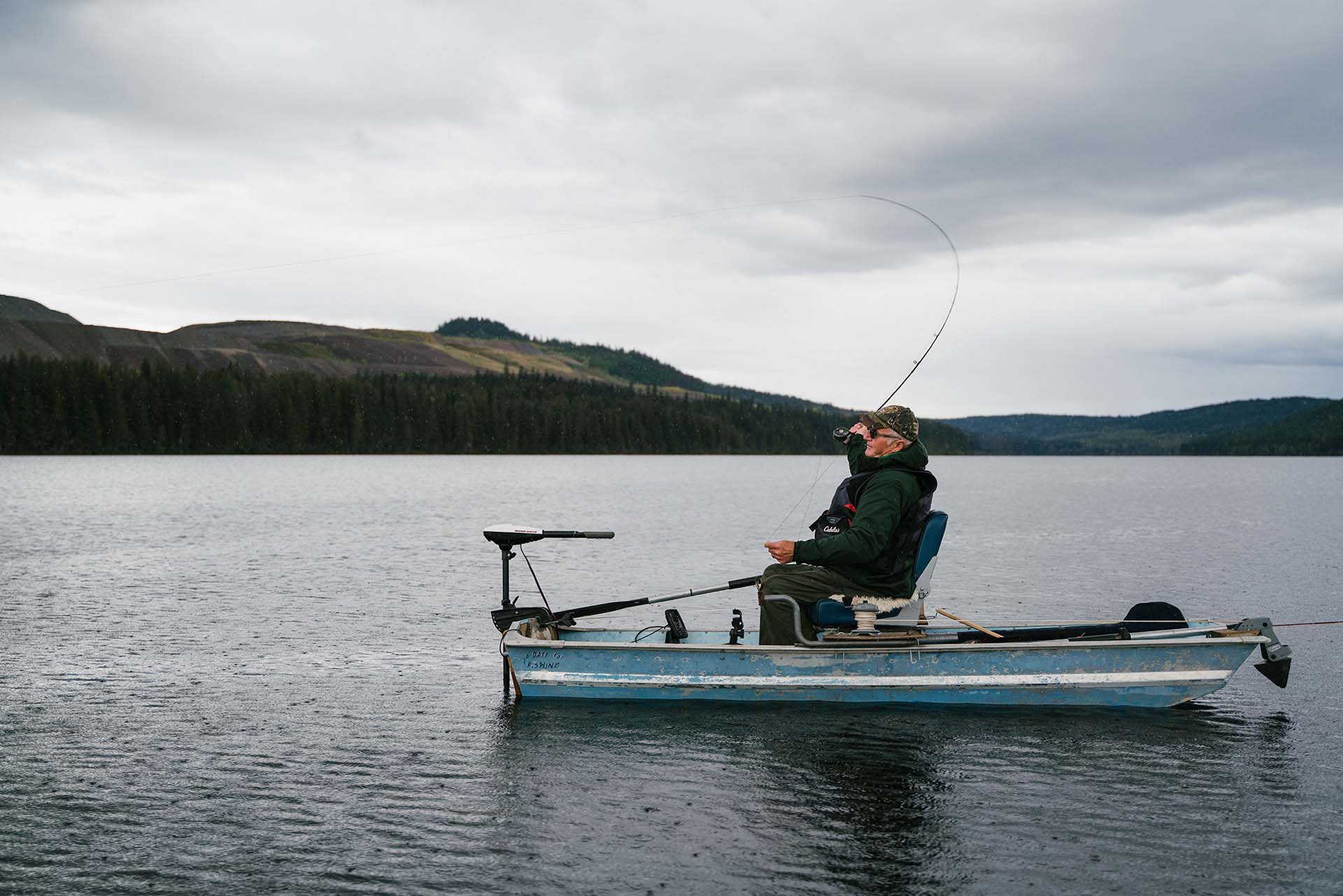
Tip #2 – Get Essential Fishing Gear and Equipment
No matter if you’re interested in fly fishing or bottom-dwelling, it’s crucial to have reliable gear by your side. The right equipment will not only help you land some impressive catches but will also make the whole ordeal easier and more comfortable, as well as ensure that you stay safe while out there on the water.
What Kind of Fishing Rods, Reels, and Lines Should You Bring?
No matter if you’re on or off the boat, the gear you should bring with you depends on the fishing style you plan to use and the species you’re hoping to catch on your fish hook. For most water conditions, a medium-weight spinning or baitcasting rod is a good choice, as it provides enough strength and sensitivity to handle a variety of fish species.
When it comes to fishing reels, a spinning reel with a high gear ratio can help you quickly reel in your catch, while a baitcasting reel can provide greater accuracy and control. Braided lines are also a good choice for boat fishing, as they offer greater strength and sensitivity than monofilament lines while being able to withstand the wear and tear of saltwater angling.
Don’t Forget Safety Equipment for Boat Fishing
While you’re packing for your trip, it’s a good idea to bring a few extra fishing rods and reels, as well as spare lines, lures, and hooks, in case of equipment failure or loss. On top of that, it’s crucial to bring the safety equipment listed below:
- Life jackets for each passenger,
- A throwable flotation device,
- A fire extinguisher,
- A first aid kit,
- Navigation lights.
It’s also important to bring a tool kit that includes a knife, pliers, and a wrench, as well as a flashlight and headlamp for nighttime fishing. Additionally, be sure to check the weather forecast and bring appropriate clothing and gear, such as rain gear, sunscreen, sunglasses, and a hat.
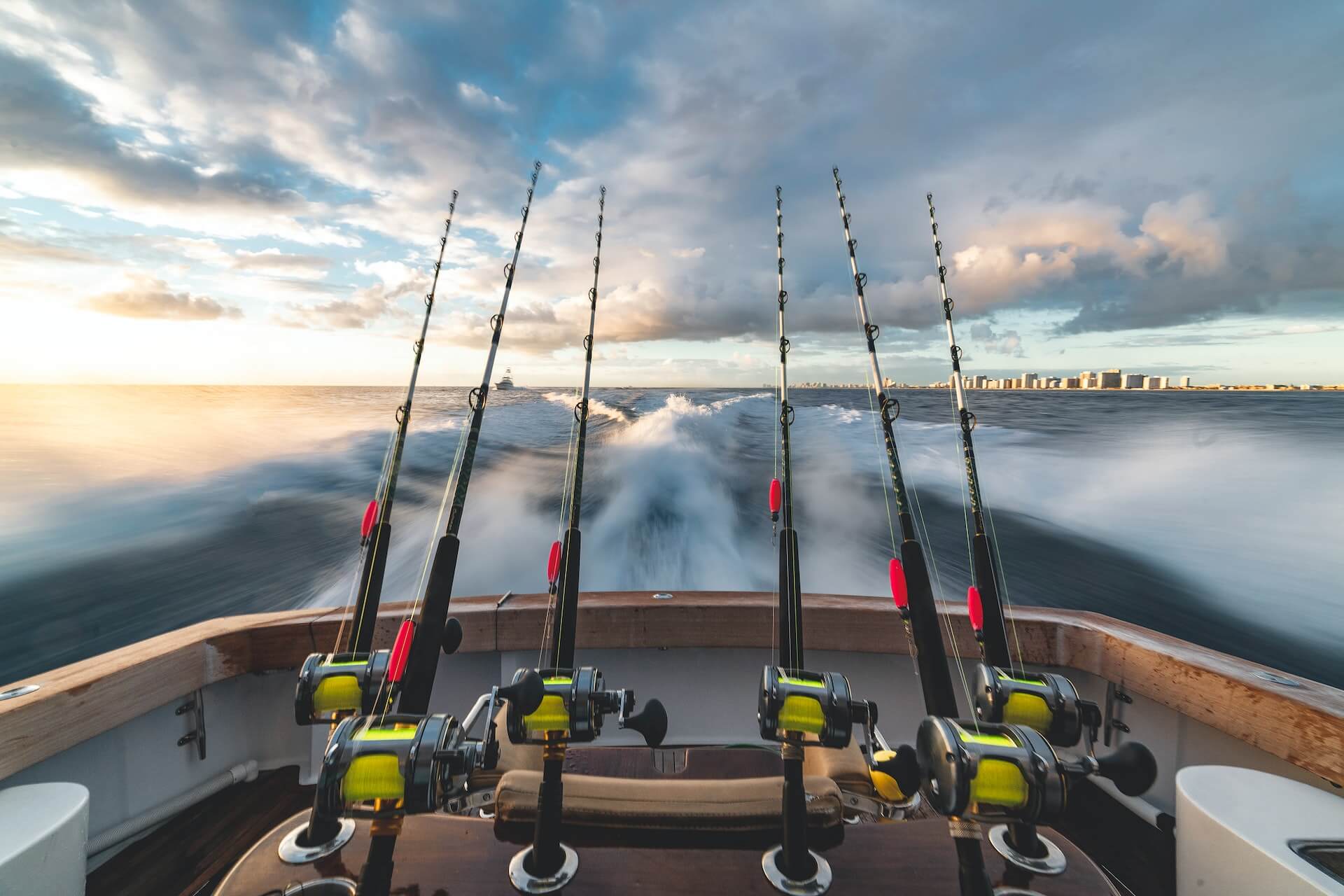
Tip #3 – Understand Fishing Techniques and Choose the Best One
As already mentioned, the angling technique you should go for depends on various factors, from the weather conditions to the type of fish you’re targeting. Out of all these factors, matching the technique to the species you’re trying to land is probably the most important aspect.
This process entails a lot of research and trial and error, but you can always ask fellow fishermen with more experience to share their wisdom – you’ll probably pick up some fishing slang in the meantime, too.
What Are Basic Fishing Techniques?
When embarking on your adventure, there are several basic techniques you should try out, depending on what you’re planning to catch:
| Technique | Description | Target |
|---|---|---|
| Trolling | Dragging a lure or baited hook behind a moving boat | Tuna, Marlin, Mahi Mahi, Wahoo |
| Drifting | Letting the boat drift with the current while dragging a baited hook or lure | Halibut, Lingcod, Striped Bass, Flounder |
| Bottom Fishing | Dropping a weighted lure or baited hook to the bottom of the water and slowly reeling it back up | Grouper, Snapper, Flounder, Catfish |
| Casting and Retrieving | Casting the lure or bait out and retrieving it with various speeds and actions to mimic prey | Bass, Trout, Pike, Walleye |
| Jigging | Using a weighted lure to mimic the movement of prey | Grouper, Snapper, Halibut |
Tip #4 – Research and Locate Fishing Spots
For a successful trip, finding that perfect spot is essential, so make sure to do your research and find out the best locations for catching your target fish, as well as the best time of day to do it. You can also check local fishing reports, talk to your fellow fishermen, and use GPS or nautical maps to locate these potential angling spots.
Once you’ve identified potential spots, you should assess the water conditions, such as temperature and depth, to determine the most suitable bait and technique to use. Make sure to do research and planning thoroughly before embarking on the trip, as that can be the deal-breaker for having a rewarding and abundant experience.
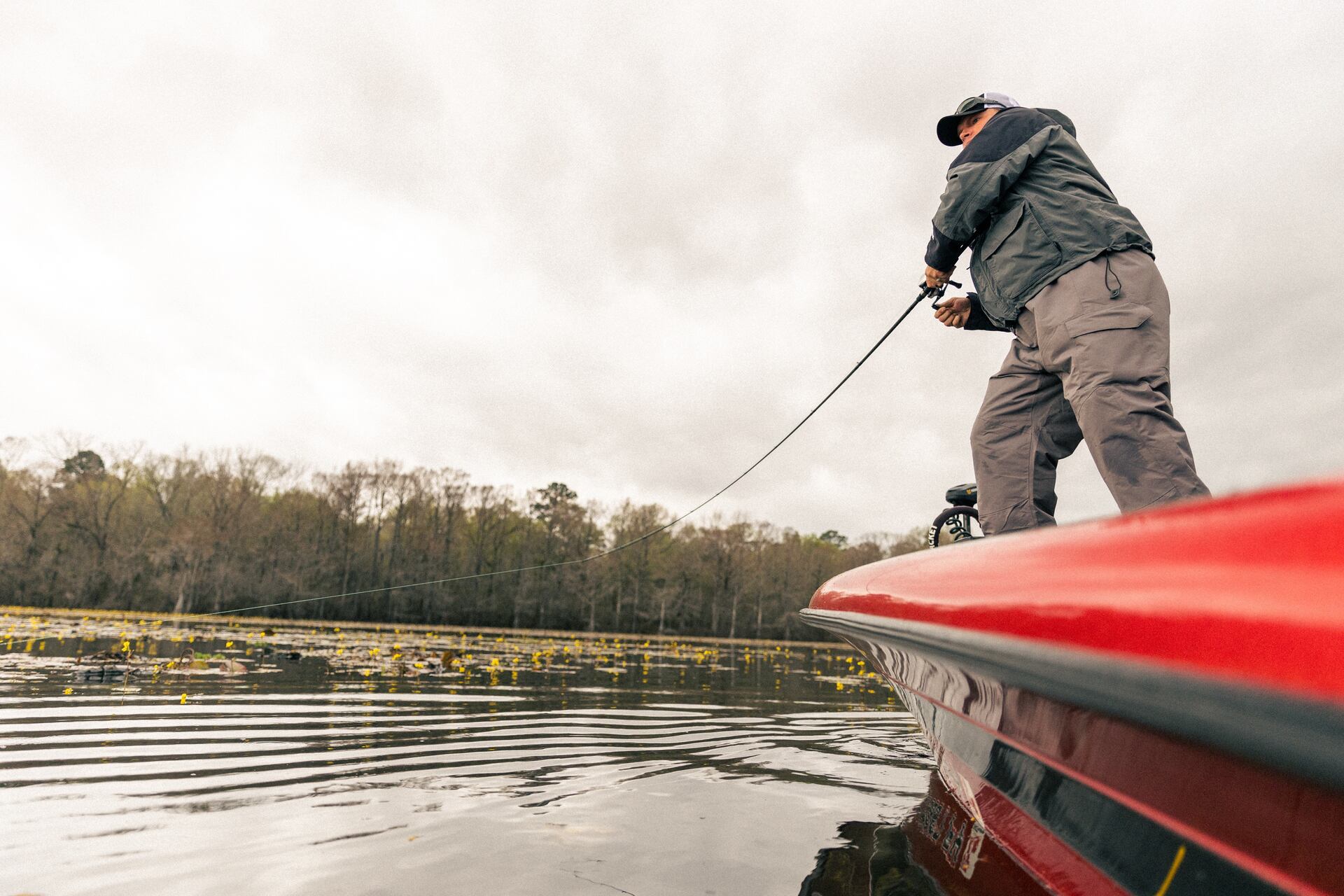
Tip #5 – Take Safety Precautions on a Fishing Boat
I’ve already covered the safety equipment you should bring with you, but let’s underline other safety precautions as well. First things first, it is required to have a valid boating license in most places, so it’s the perfect time for you to get familiar with the local regulations.
Don’t skip out on this crucial part just because it seems boring and you’re rushing to get out there on the water. After all, these laws and regulations are put into action to ensure safety and avoid any accidents during your adventure.
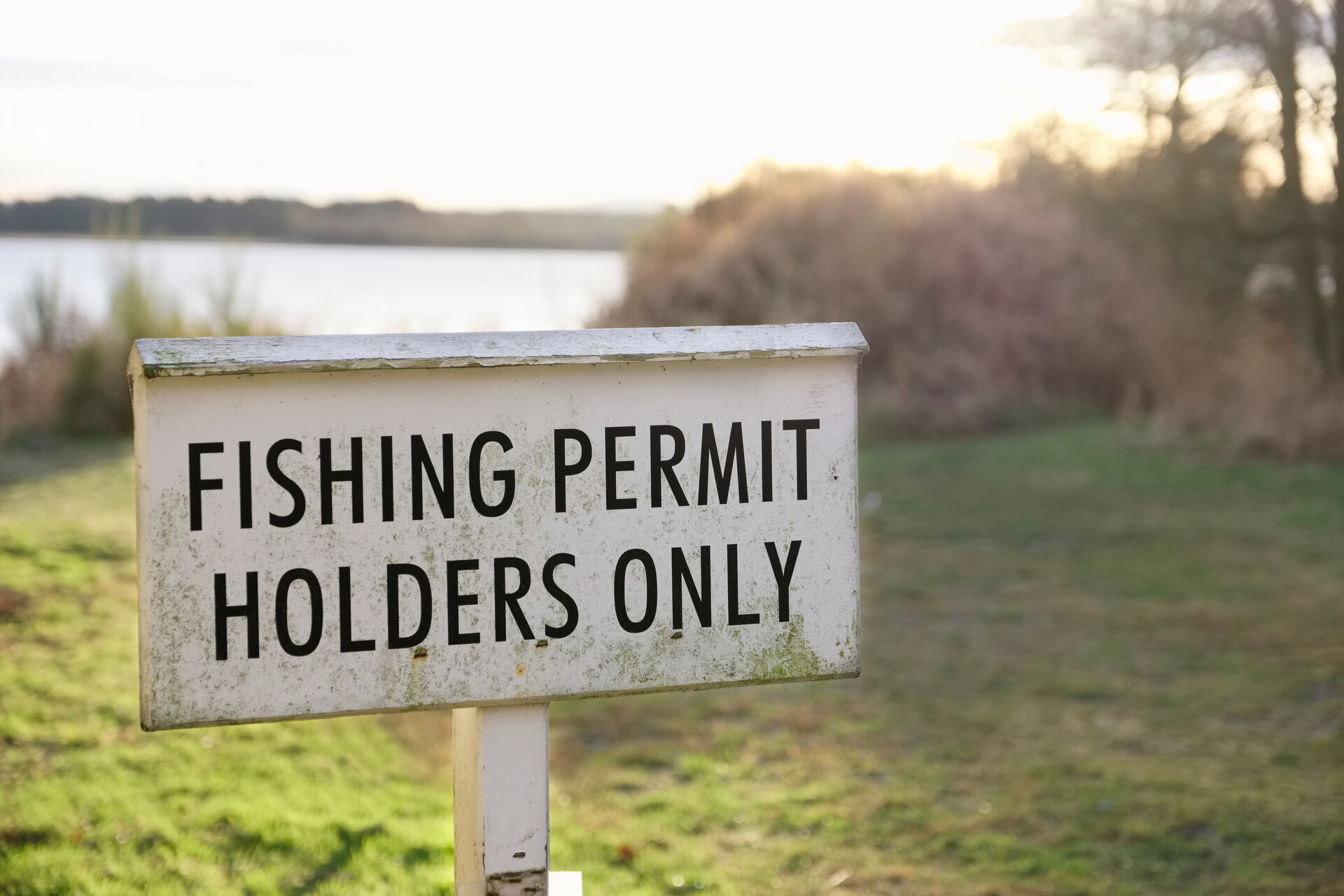
Tip #6 – Understand Fish Behavior
The art of angling is not only about finding that perfect spot – it’s also important to know the right time to fish for your target species. This is done by taking time to understand their feeding patterns and overall behavior, and such knowledge will also help you figure out what types of lures and baits to employ.
Using fish finders is also a good strategy, as these devices use sonar technology to detect fish and show their location on a screen, making it super easy to identify potential spots. However, it is important to remember that while this can be helpful, it should not replace traditional techniques and knowledge.
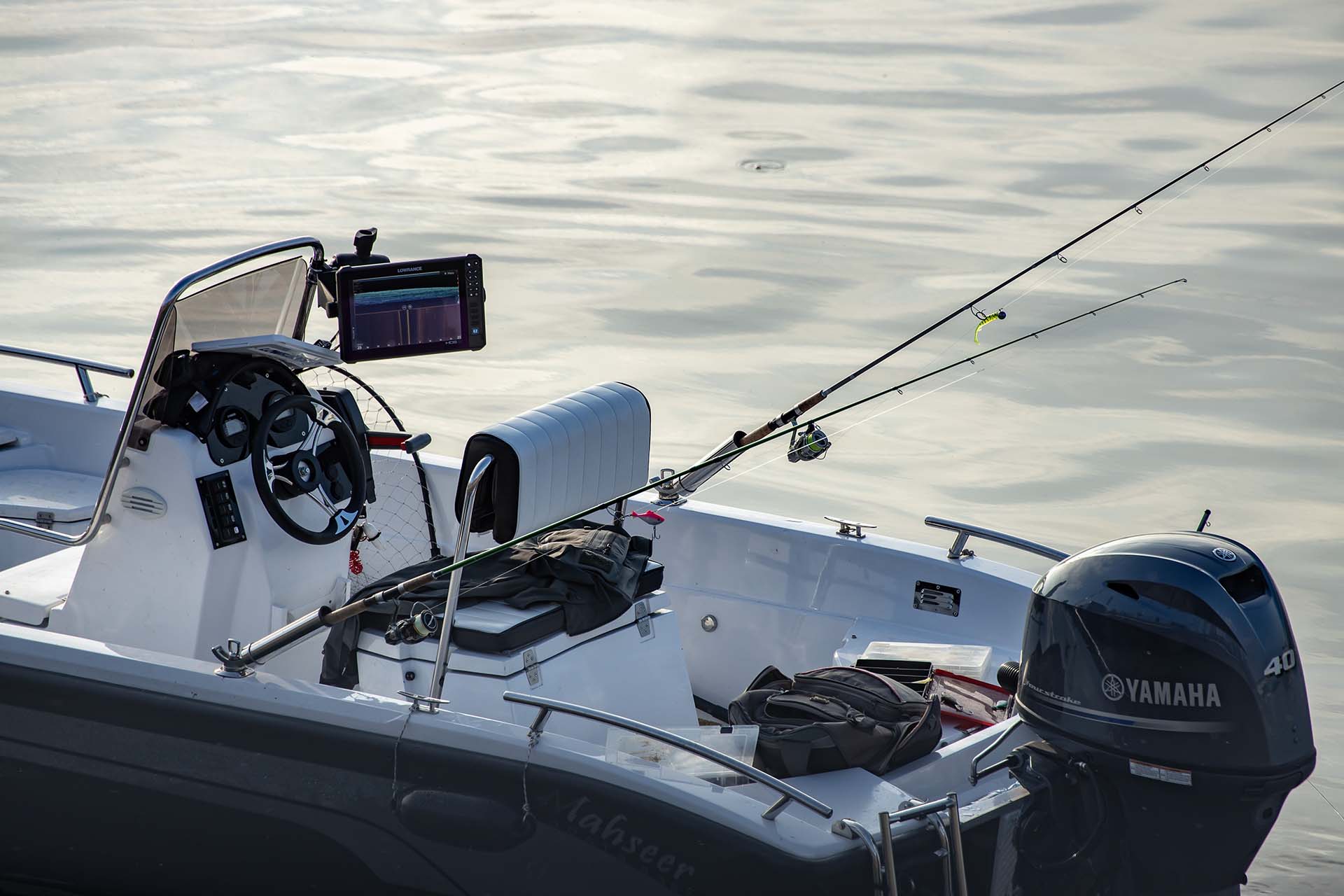
Tip #7 – Bring a Large Bait Selection
As mentioned, understanding the feeding patterns of your target species will help you decipher which baits or lures will be most effective during the trip. However, it’s best to bring a large selection with you, as you’ll be able to mix and match your setup, which is especially beneficial if your target is known to be a picky eater.
What Are the Different Types of Bait?
Here are the most commonly used types of bait, along with the fish species you can target:
| Type of Bait | Suitable Target |
|---|---|
| Worms | Trout, Bass, Panfish, Catfish |
| Minnows | Walleye, Pike, Musky, Bass |
| Crankbaits | Bass, Walleye, Trout, Pike |
| Spinnerbaits | Bass, Pike, Musky |
| Jigs | Panfish, Bass, Walleye |
| Flies | Trout, Salmon, Steelhead |
| Dough Baits | Catfish, Carp |
| Shrimp | Redfish, Snapper |
| Squid | Tuna, Mahi Mahi |
| Cut Bait | Shark, Catfish |
How to Know When to Use the Right Bait?
Besides the type of fish you’re targeting, there are several other factors that should be considered when figuring out the right bait for the job. These include the water temperature and clarity, the time of day and season, the type of water you’ll be angling in, as well the depth you’re planning to reach.
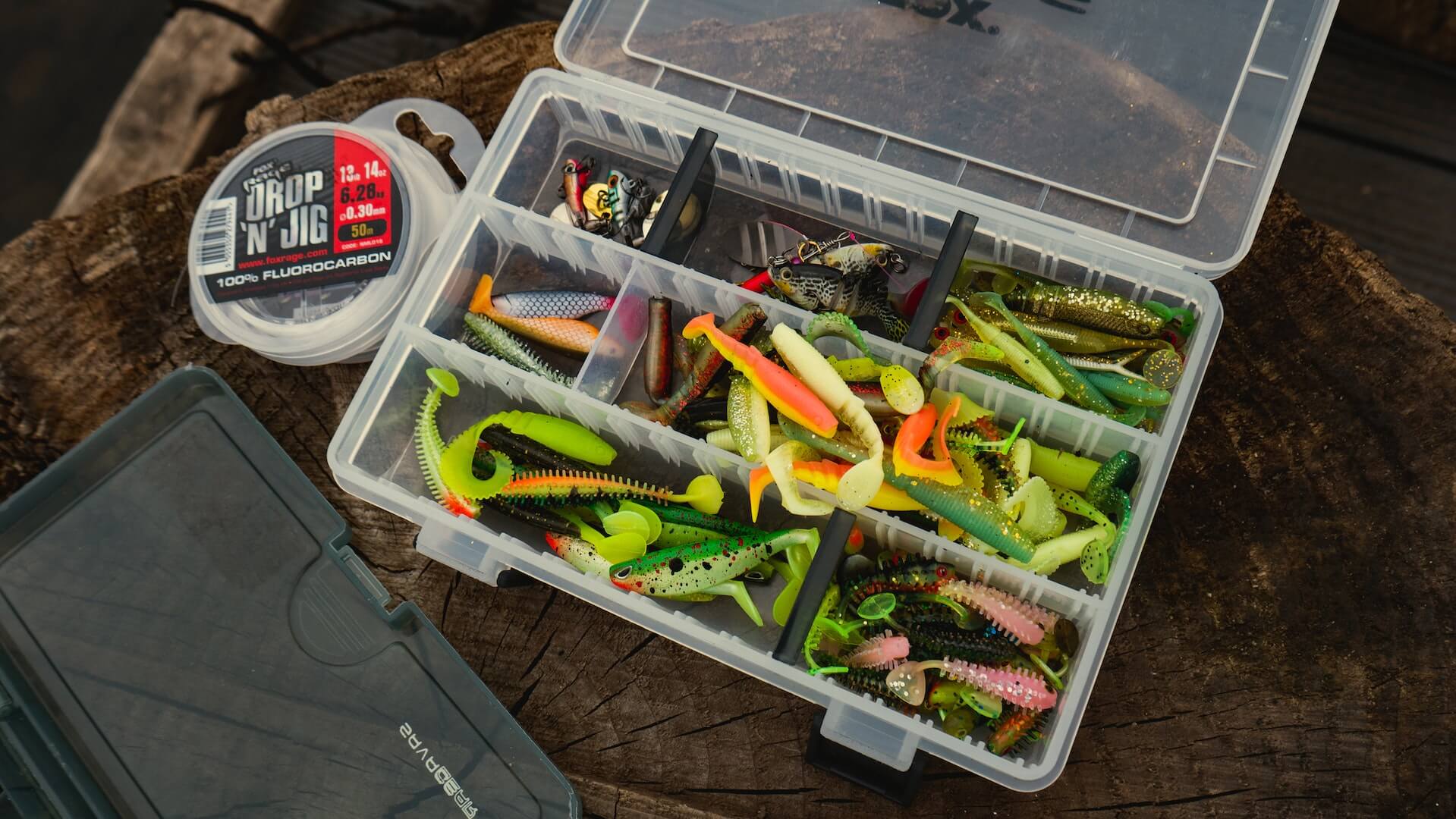
Tip #8 – Master Knot Tying
Mastering knot-tying is a fundamental skill for all anglers, especially for those who are planning to take regular boating trips. There are several essential knots that you should know before getting out on the water, including the Palomar knot, the improved clinch knot, and the uni knot.
The Palomar knot is great for tying fish hooks or lures to your line, while the improved clinch knot is ideal for tying your line to swivels, snaps, or artificial lures. Last but not least, the uni knot is another versatile knot that can work well for hooks, lures, and connecting lines, such as the tippet line.
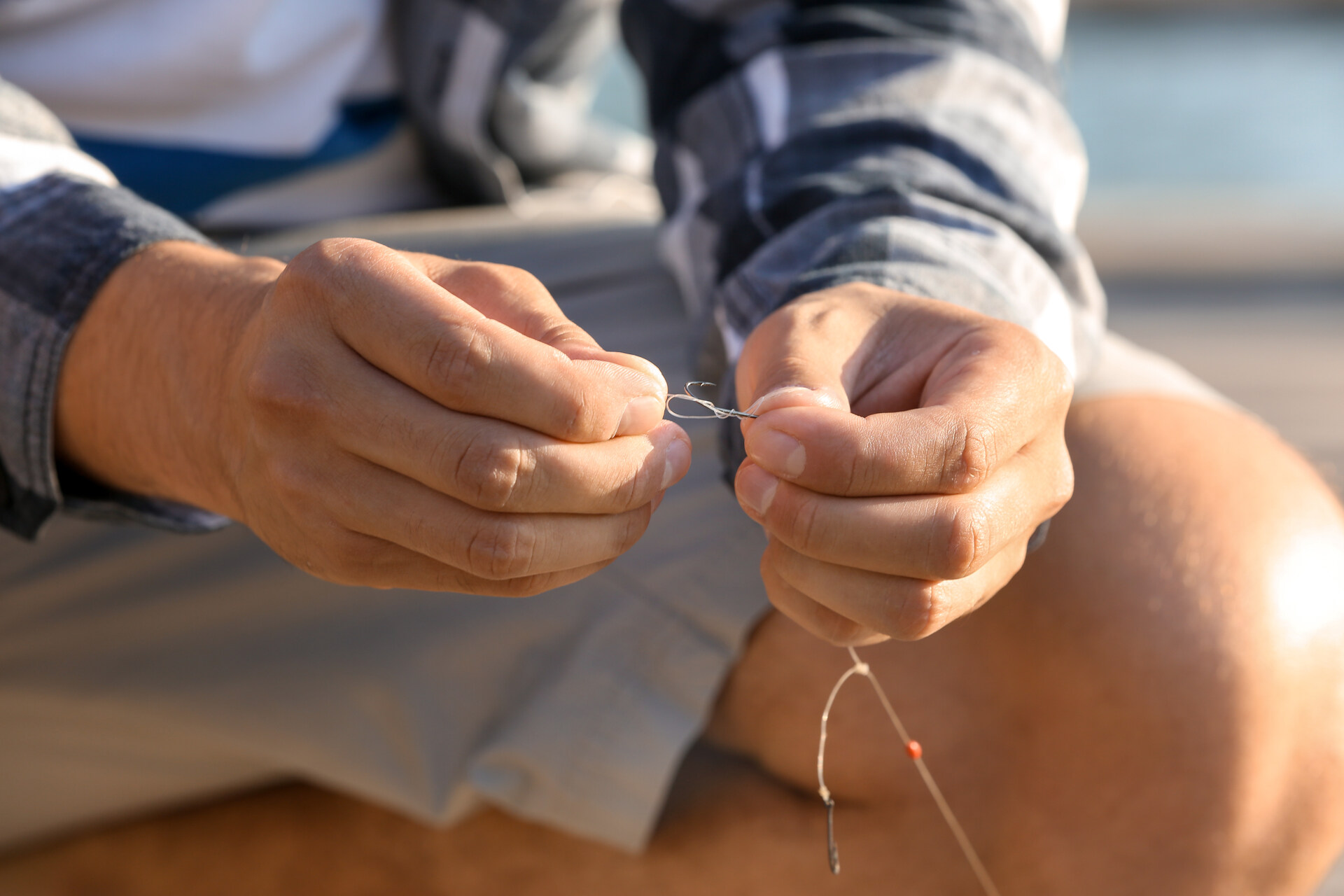
Tip #9 – Learn From Experience and Make Adjustments
As most experienced fishermen know, the art of angling entails a lot of trial and error, and that requires the right kind of attitude. Being observant and paying attention to your surroundings will help you learn from experience and make adjustments whenever something’s not working. Moreover, it is important to keep an open mind and be willing to learn from other anglers, including taking advice and trying out new techniques.
Tip #10 – Enjoy the Experience
Last but not least, angling from a boat is not just about catching fish – it is also about enjoying the experience of being out on the water and building a lifelong passion. Whether you’re a beginner or an experienced angler, there is always something new to learn, all while being surrounded by beautiful nature and the calming sound of water.
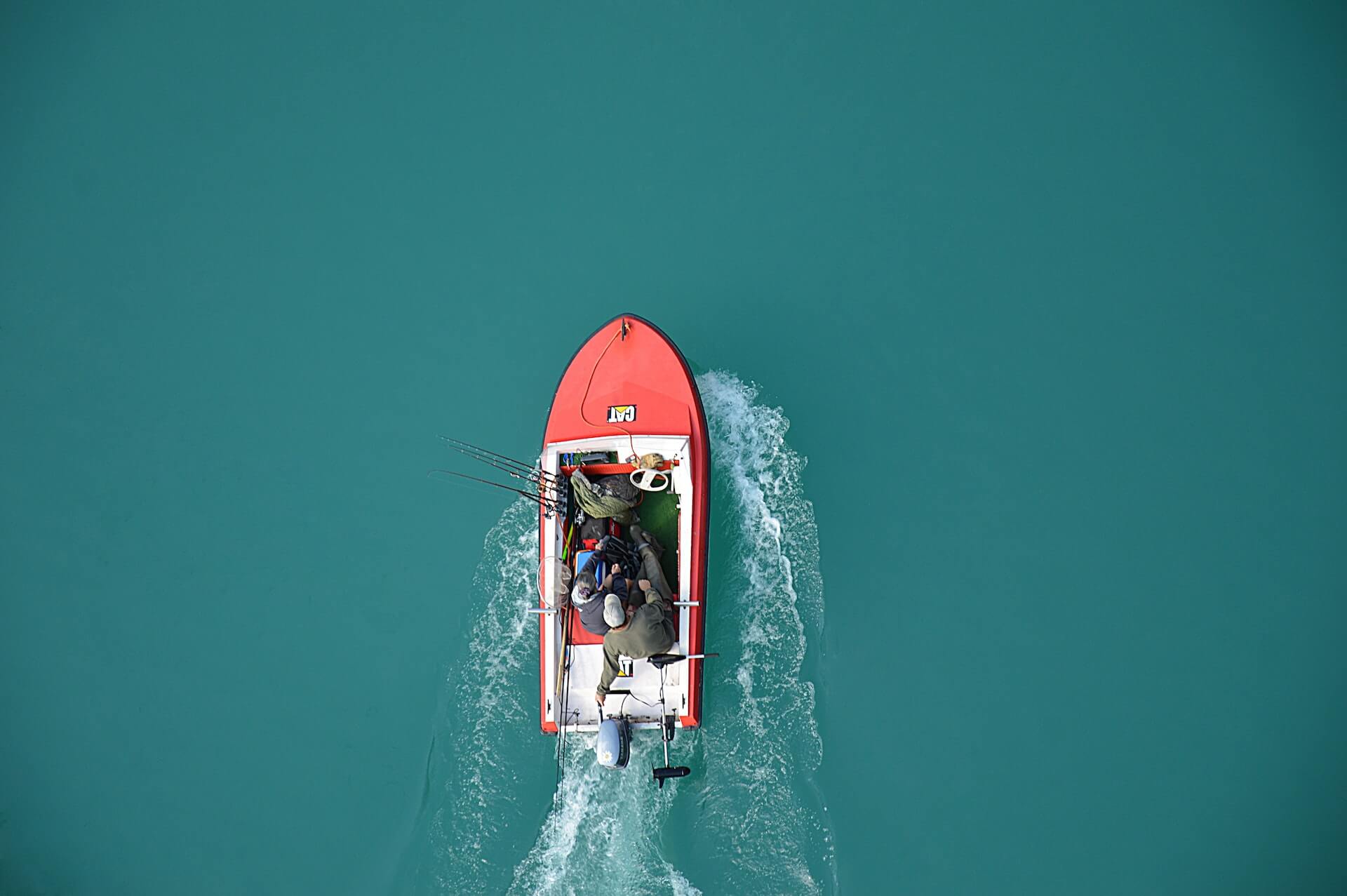
Embrace Our Tips and Enjoy Fishing on a Boat
All in all, fishing from a boat can be an incredibly rewarding experience, but it requires some preparation and knowledge. With these tips and some effort put into understanding the equipment, conditions, safety precautions, and the fish you’re targeting, you’ll be able to find that perfect spot and cast your line. So what are you waiting for? Start planning your next adventure today!







